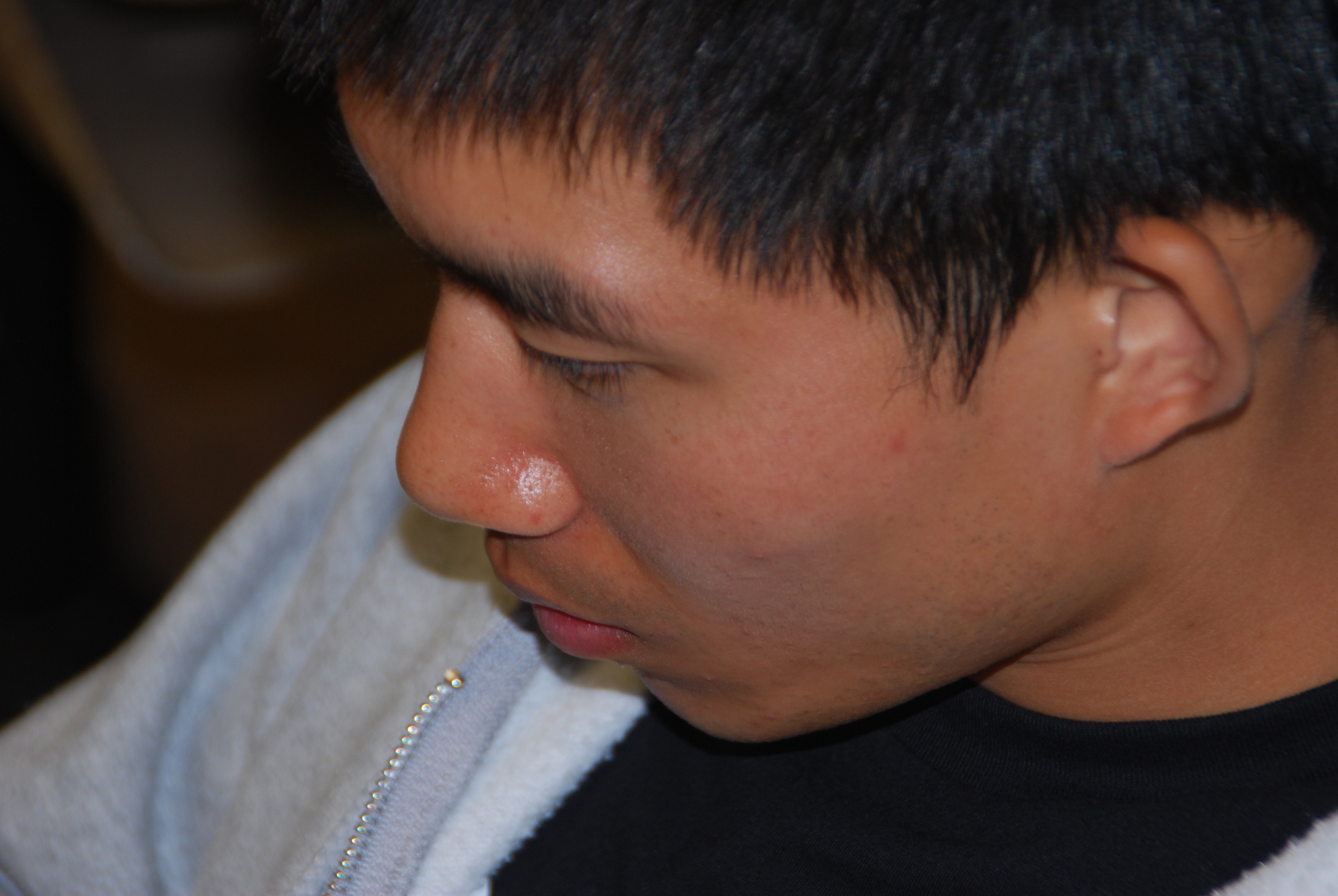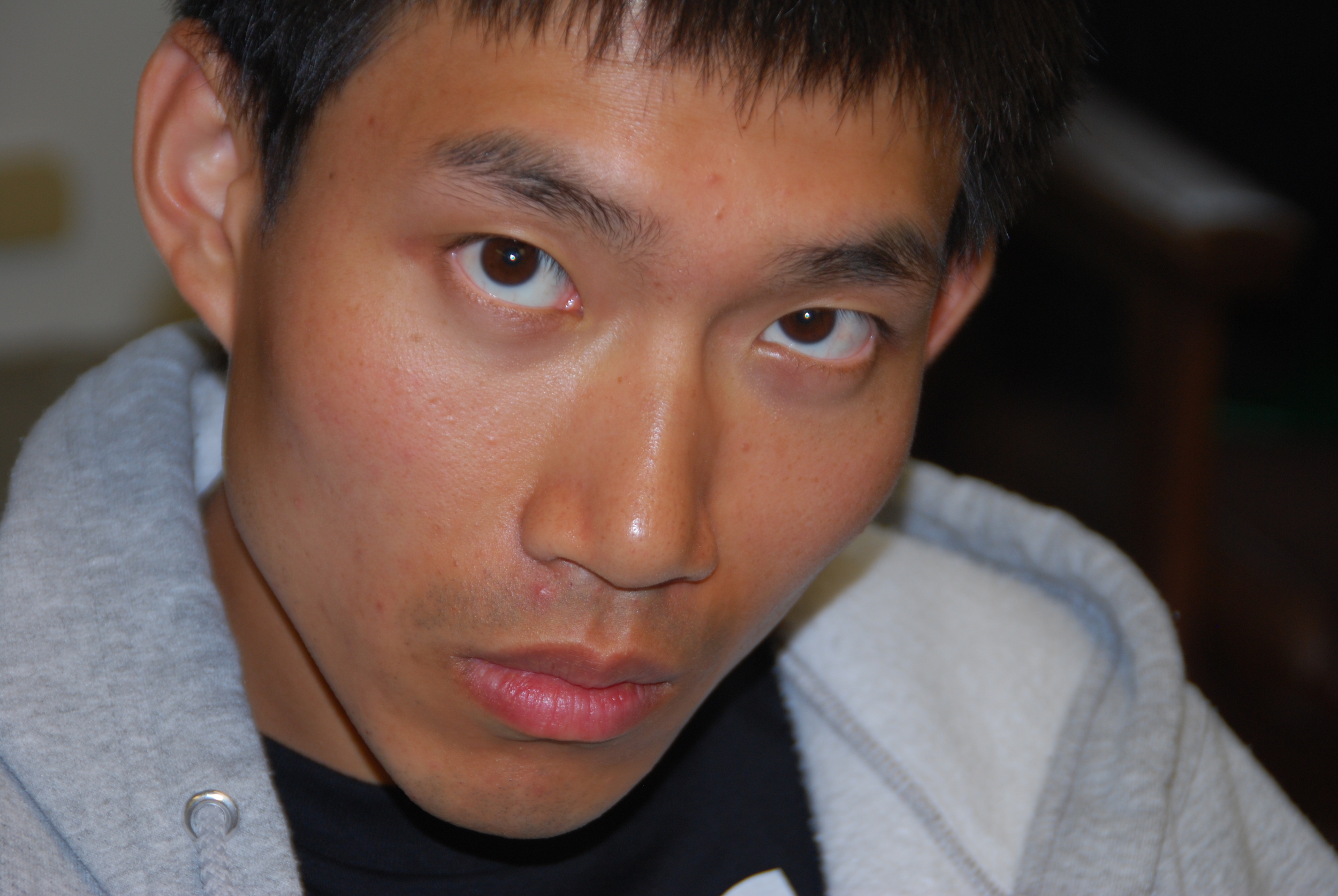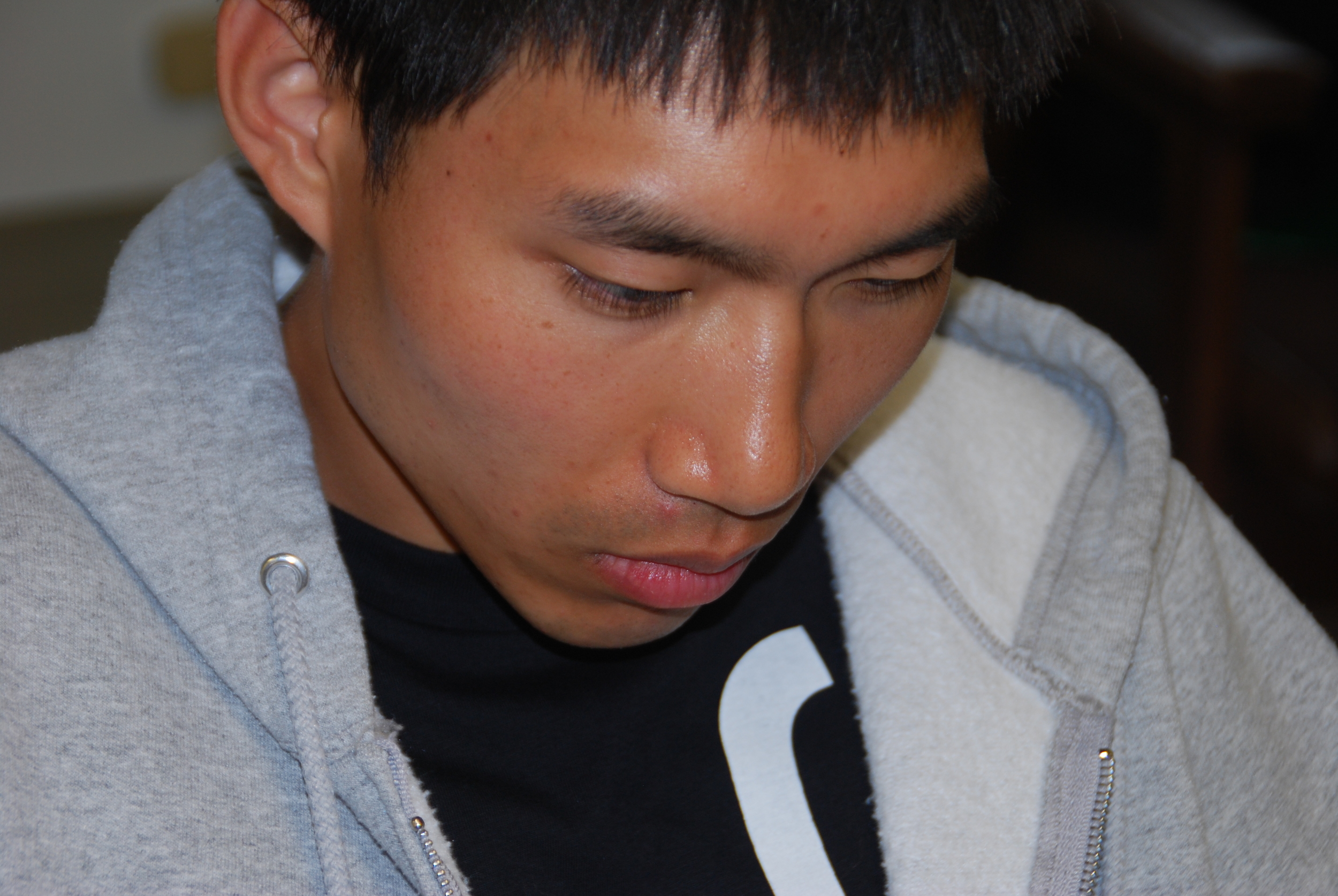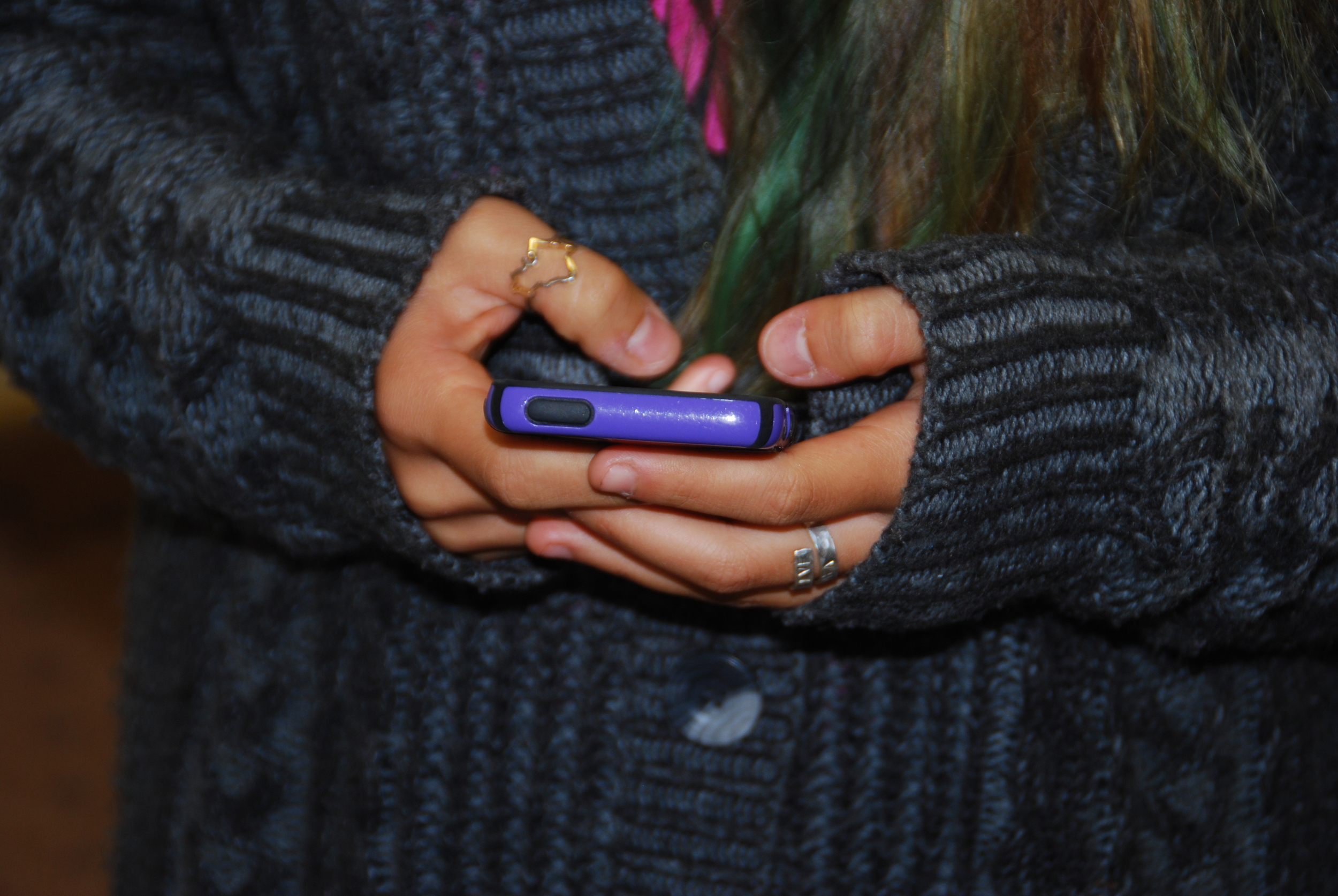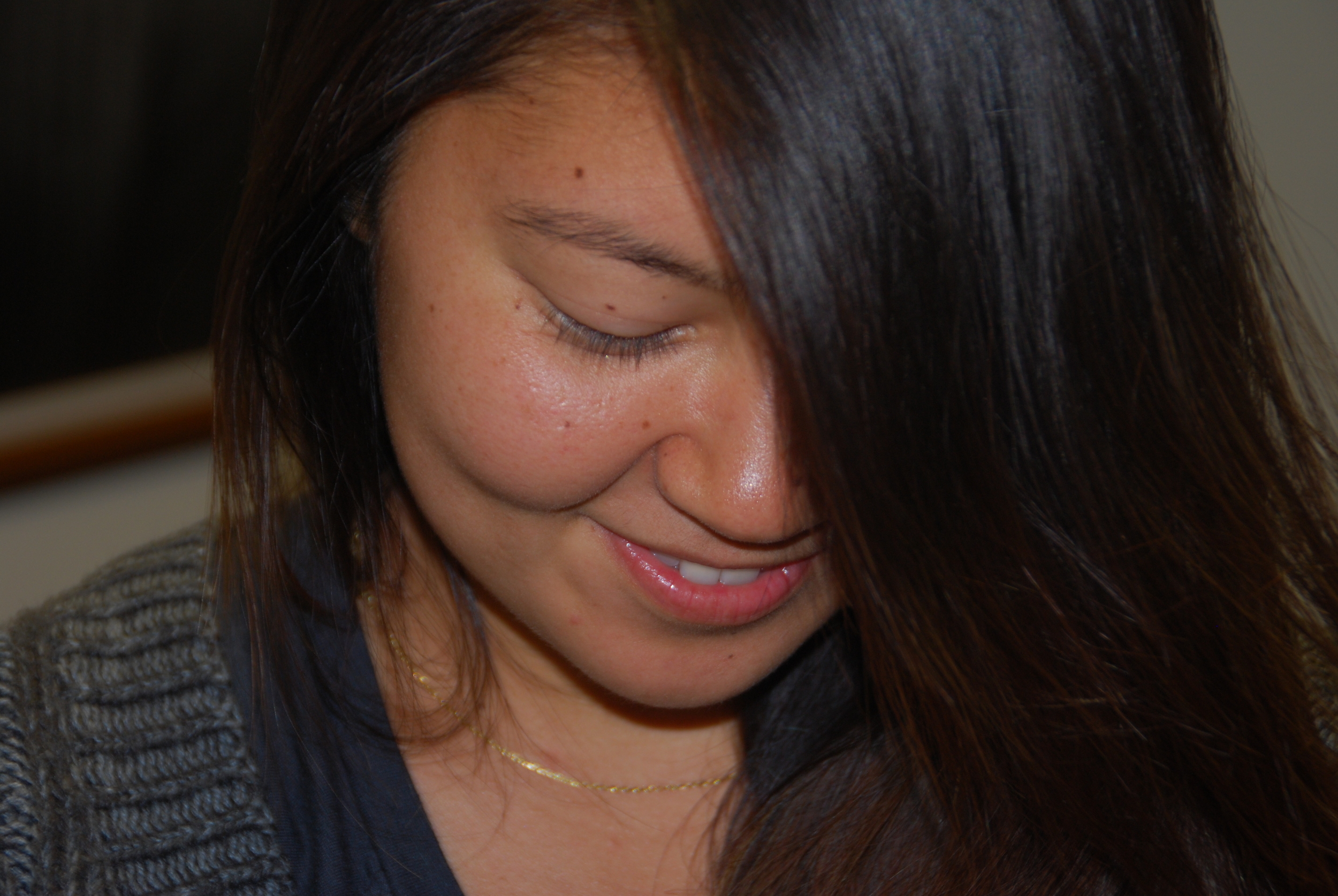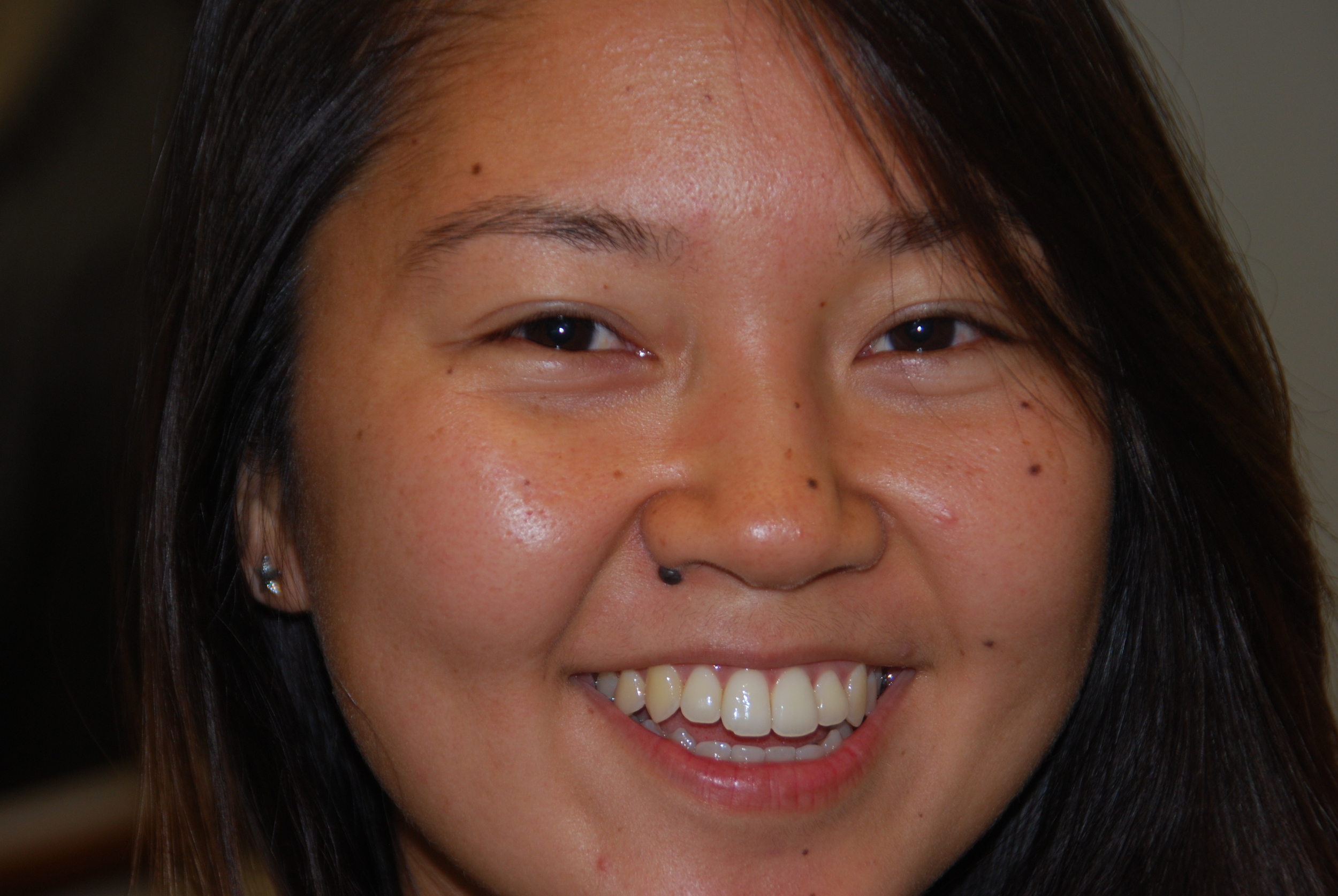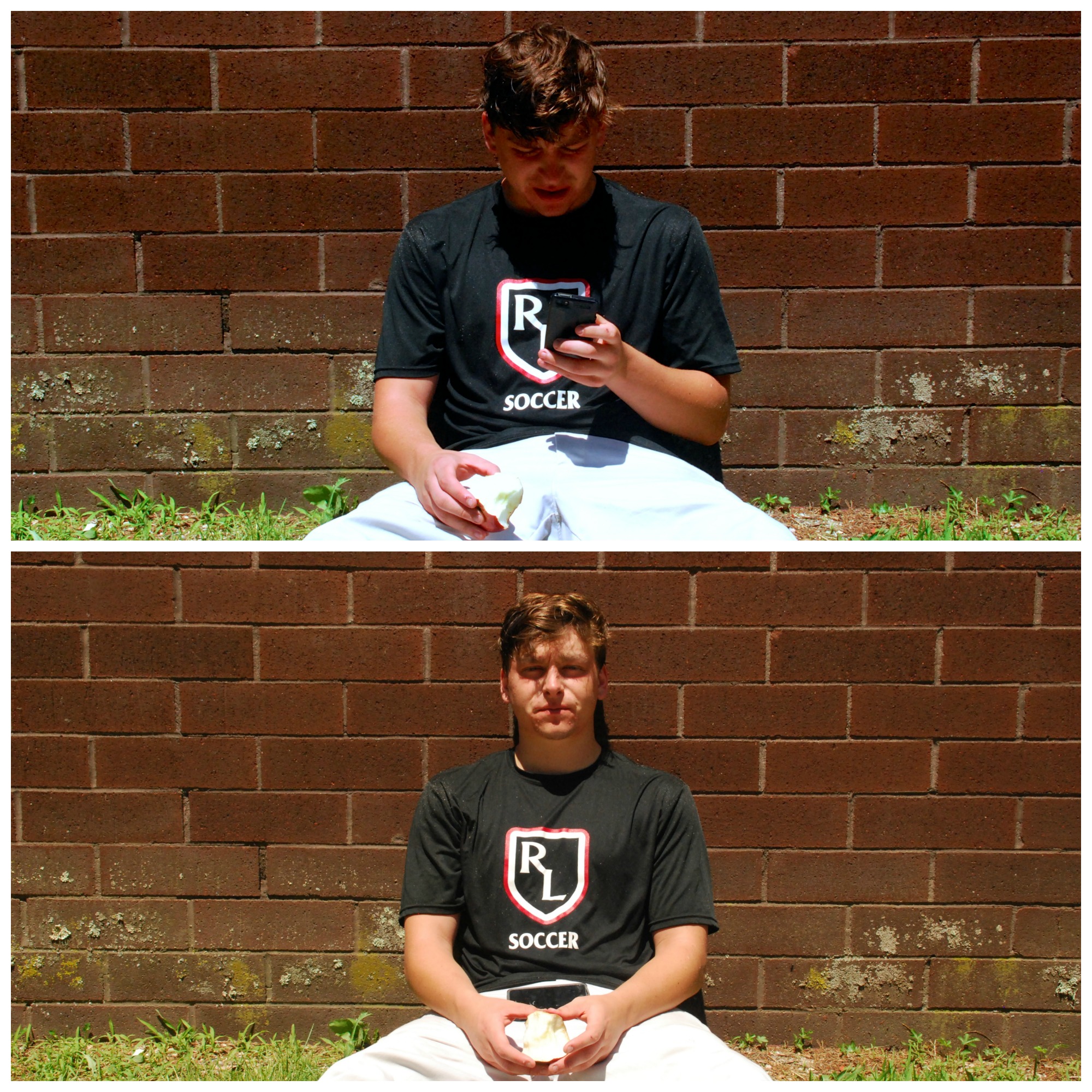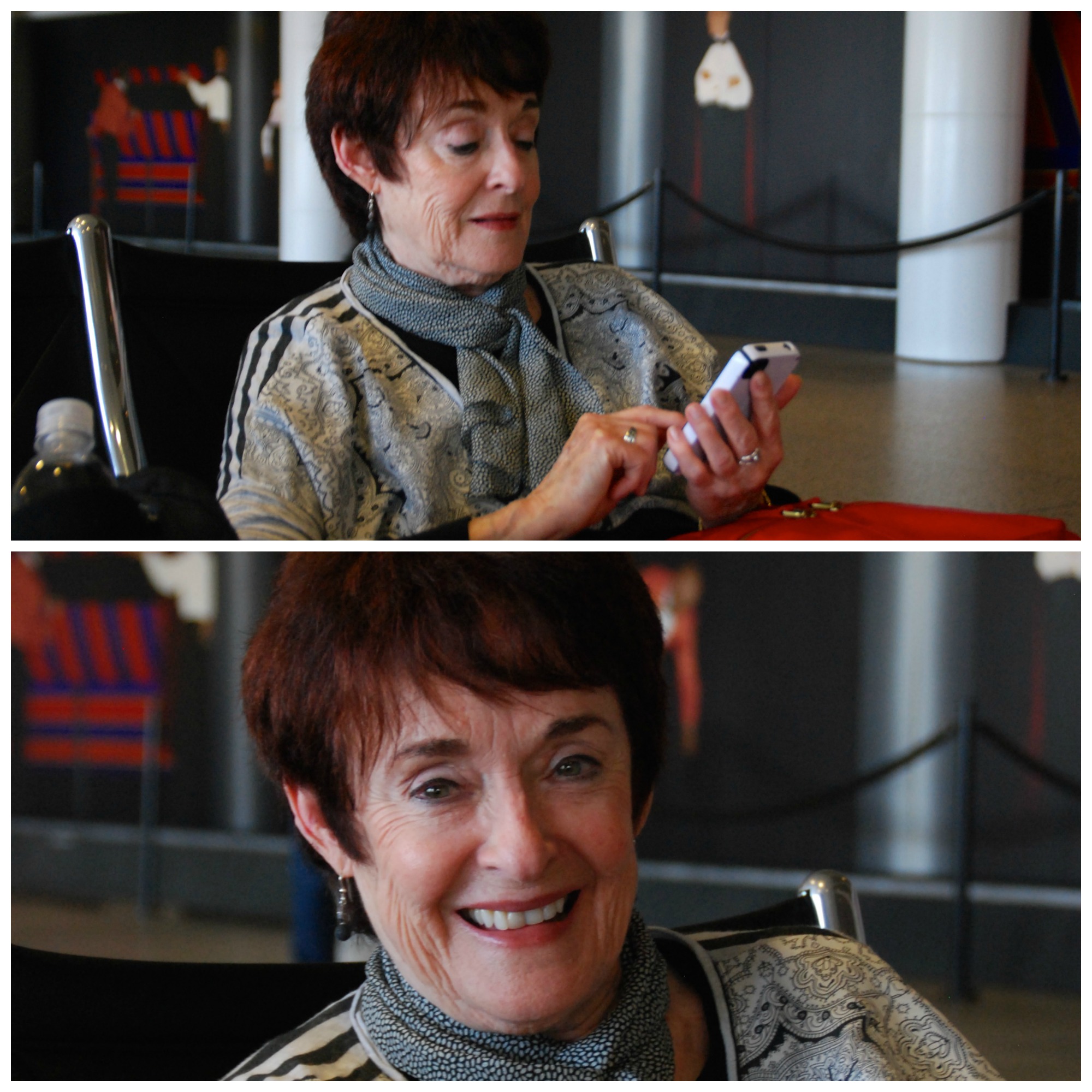A Challenge to Think
/Seven weeks ago I arrived in Sitka, Alaska ready to start my Frankentweet experience. Unsure of what I would be doing in a project that was “examining this digital age that we live in,” I went to Ellen’s studio to get my tasks for the first week. I quickly learned that a major part of my time would be spent trying some digital disruptions, hijinks or interventions (call them what you like and watch them here!) to make people think about technology and its significant influence in our lives. I won’t bore you with the details of each intervention or the brainstorming process or the innumerable Google searches for How to convert one type of footage to another so that I can edit it on this stupid computer. I will say, however, that the questions that fall under the header of “examining this digital age that we live in” are essentially limitless.
From cell phones to satellites, from Facebook to self-driving cars, from government surveillance to my Netflix queue, technology, in all of its forms, dominates many parts of the world in which we live. This summer, most of my “Frankentweeting” explored, or better put, attempted to explore social media, communication, and what those little handheld machines do to our relationships and identities. The people we spoke to always had a comment, or several, about their devices. Some recited recipes for successful technological detoxes. Some commented on educational practices and iPads. Some feel more connected. Some disconnected. Some have friends. Some have more “real” friends, or so they say. Some people have been cyber bullied. Some people did the bullying. The question we were asking people centered on connection. What do these devices, Facebook pages, and Instagram accounts change about our human connections?
Although I can’t make a concrete statement about whether or not technology is destroying our relationships and concepts of self, because the topic is much more complex than that, I will say that as my eyes descend toward that screen the rest of the world begins to disappear from my view.
I challenge you to think about the ways in which technology and this digital era affects your life. Think about the ways you use technology each day. Does social media influence your identity? How does it affect your relationships? Your work? The way you communicate? Do you feel more connected or isolated? What else is going to be affected?
Frankentweet is about the process of sifting through these questions, collecting more thoughts, more opinions and more questions. What is the big comment or insight after seven weeks? Everybody has something to say and that process should continue because it will open up much greater depth. Frankentweet is still waiting to decide exactly what its comment is. We hope you will join us.
Frankentweet is an interactive project, and we need your questions, thoughts and videos! Provoke a discussion in your community, and share it with us!
Patrick Sullivan is studying political science at Yale University. He is always curious to learn something new. This summer, Patrick is working as special projects coordinator at Artchange, Inc.



